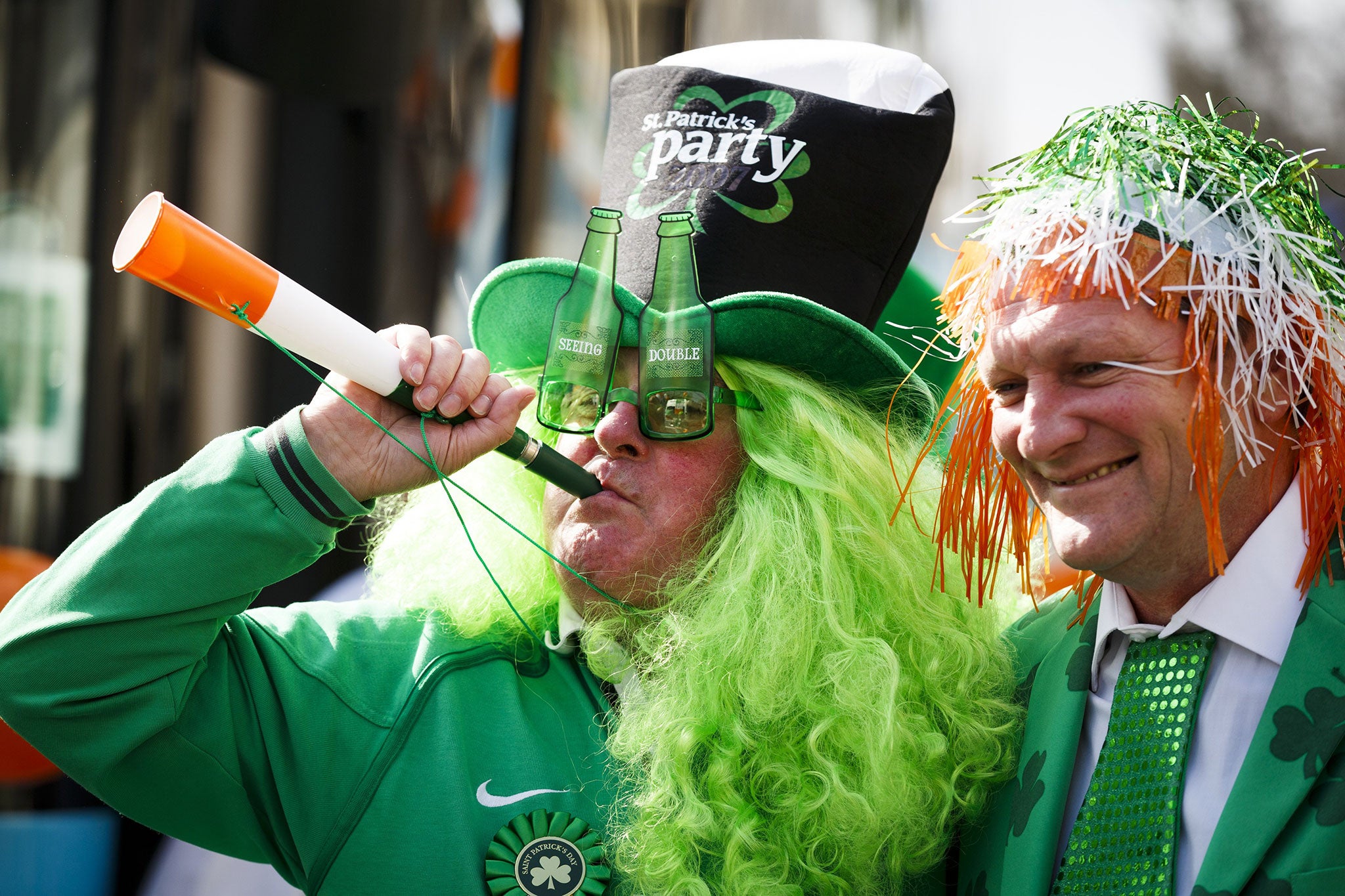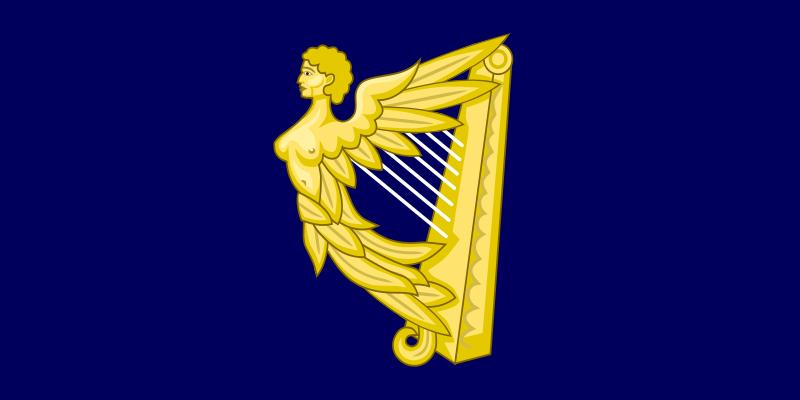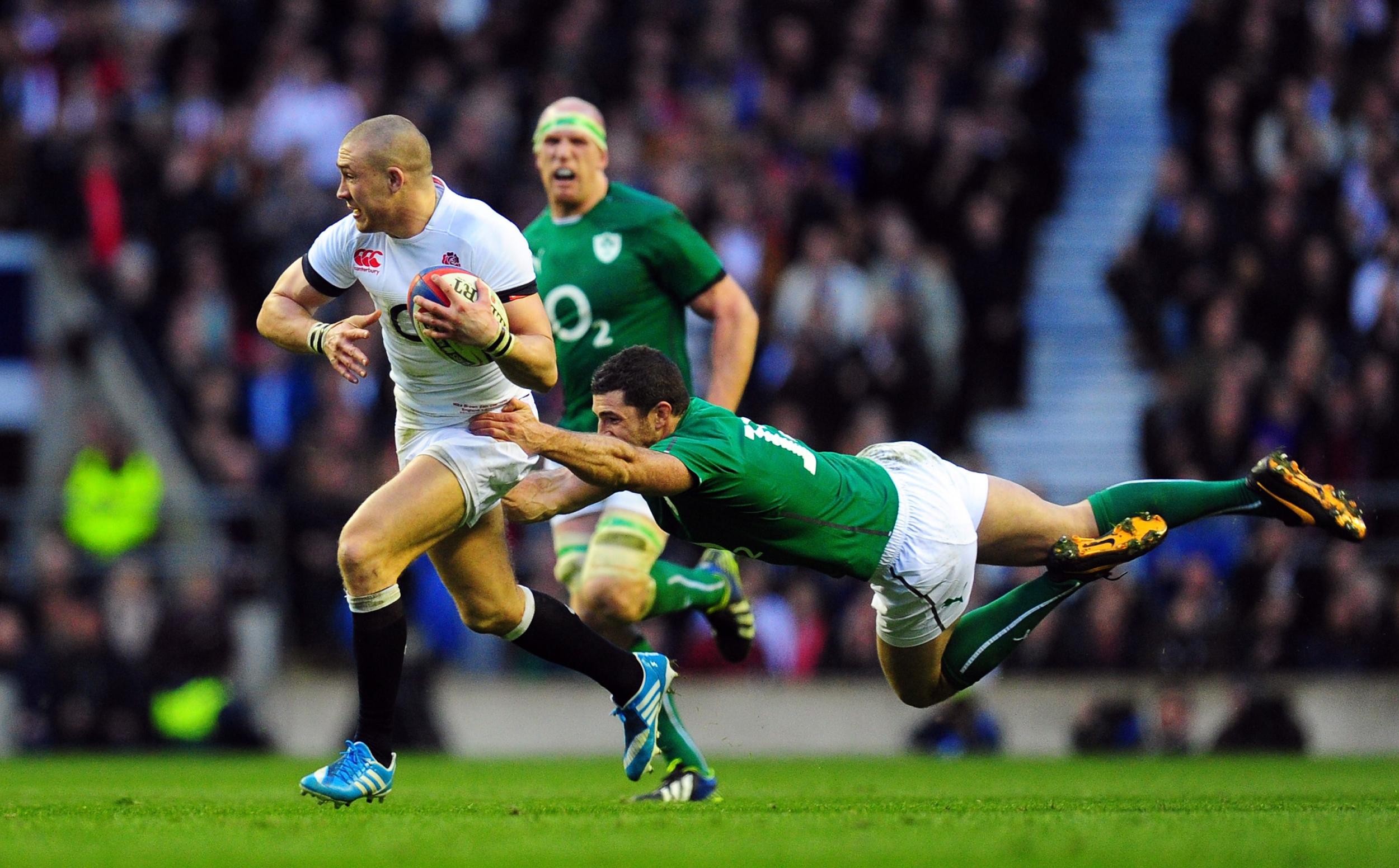St. Patrick's Day: What the symbols behind the celebration of Ireland's patron saint mean
As the patron saint of Ireland, Nigeria and Monserrat, St. Patrick will have a busy day on 17 March

Your support helps us to tell the story
From reproductive rights to climate change to Big Tech, The Independent is on the ground when the story is developing. Whether it's investigating the financials of Elon Musk's pro-Trump PAC or producing our latest documentary, 'The A Word', which shines a light on the American women fighting for reproductive rights, we know how important it is to parse out the facts from the messaging.
At such a critical moment in US history, we need reporters on the ground. Your donation allows us to keep sending journalists to speak to both sides of the story.
The Independent is trusted by Americans across the entire political spectrum. And unlike many other quality news outlets, we choose not to lock Americans out of our reporting and analysis with paywalls. We believe quality journalism should be available to everyone, paid for by those who can afford it.
Your support makes all the difference.Google has marked St. Patrick's Day with a signature Google Doodle on its homepage.
St Patrick is the patron saint of Ireland, and his feast day is celebrated the world over every year on 17 March.
In honour of the annual celebration, Google turned its usually multicoloured logo green, and added an acrobatic shamrock for good measure. But what's the real meaning behind the St. Patrick's Day symbols we're all familiar with?
The shamrock
The three-leaved shamrock is a familiar symbol of Ireland and St. Patrick, used by the Irish tourist board and almost every tourist shop in the country as a national symbol.
It grows plentifully all over the country, and takes its name from early Irish word seamair óg, or young clover.
Its association with St. Patrick began centuries ago, when it was said that he used the plant's three leaves as a symbol of the Holy Trinity while preaching Christianity in Ireland in the fifth century.
Historians believe the first link between St. Patrick and the shamrock can be found on the so-called 'St. Patrick halfpennies', coins produced in the late 1600s which were imprinted with an image of the saint holding a shamrock while preaching to a crowd of people.
It's unknown whether this legendary link between St. Patrick and the shamrock has any historical basis, especially since the link between the two appears to have been popularised over 1,000 years after his death. However, the association has stood the test of time, and it's likely to stay that way.
The colour green
Everyone who's ever drunk a pint of dyed-green beer or seen Chicago's green river on St. Patrick's Day will know that the colour is strongly associated with Ireland.
However, it's not quite clear when it first rose to prominence. The most-used national colour was once blue, after Henry VIII turned the island into a kingdom in 1542, giving it a blue flag emblazoned with a golden harp. Prior to that, the flag of the Lordship of Ireland was three golden crowns over a light blue background.

The official flag was blue until 1801, but green rose to prominence during the short-lived Confederate Ireland period, when Catholic nobles and clergy took control of most of the country in the mid-1600s.
The modern origins of green as the colour of Ireland occurred in the early 19th century, during the rise of Irish nationalism and republicanism. As The Journal points out, this was likely because it set the nation apart from the various reds and blues which were then associated with the UK.

This is reflected in the modern flag of Ireland, where the green represents Catholicism and republicanism, the orange represents protestantism, and the white represents peace between the two.
Obviously, green has won the battle of the colours, and is worn by most national Irish sports teams. However, the ancient blue still has its place in some important areas, notably on the Standard of the President of Ireland, which is flown over the President's Dublin residence and on vehicles he travels in.
St. Patrick
St. Patrick is inextricably linked to Ireland, but he's also the patron saint of Nigeria and Montserrat, the tiny Caribbean British Overseas Territory to which many Irish people were sent to work as servants by the English in the 1600s.
St. Patrick's Day is a public holiday in Montserrat, and every 17 March the 5,000 residents of the island wear green and parade in the streets. A crest showing an Irish woman holding a harp also has its place on the island's flag, next to the Union Jack.
Patrick is also the patron saint of Boston, engineers and the Archdiocese of New York - so he's going to have a busy day on the 17th.
Join our commenting forum
Join thought-provoking conversations, follow other Independent readers and see their replies
Comments